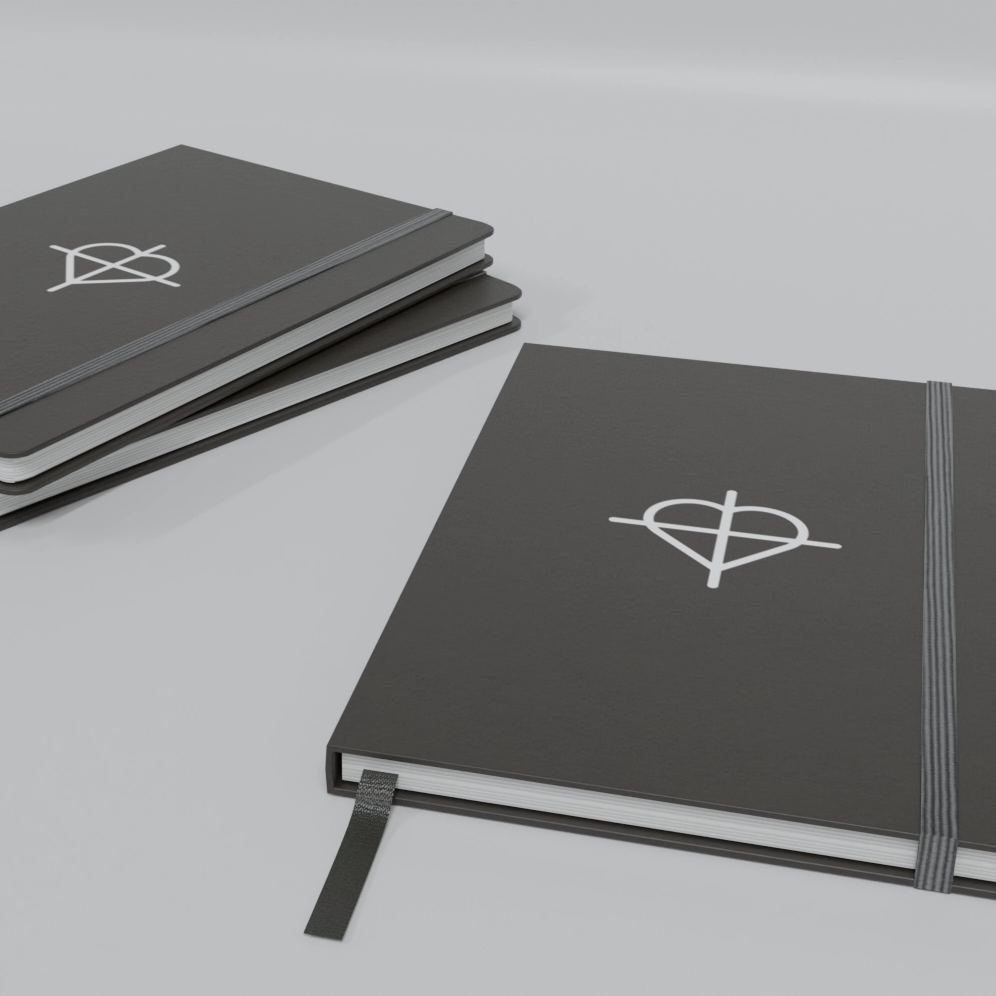Flock printing
What is flock printing?
Flock printing is a popular finishing technique for printing on textiles, but is also used in other instances. This printing method is similar to flexographic printing and, to a certain extent, is the same or very similar. As with flexographic printing, a stencil in the form of the artwork is used in flock printing in order to apply a special adhesive to the printing material rather than paint. This is then covered with the flock, which is millions of finely chopped fibress.
How flock printing works
The flock is located above the textile material to be flocked, in a container, which is caught by a fine sieve at the bottom of the container. An electrostatic field is now created between the container and the metal plate on which the print material rests. The fibress are pulled through the screen directly into the material below. Thanks to their special conductivity, they hit the sticky surface. The material is then left to dry so that the flock can also bond permanently to the adhesive. The three-dimensional (3D) effect of the flock print is created by the 0.5 to 2 millimetre long fibress that protrude from the surface like tiny hairs. It is not only visually but you can also feel how the printed motif is staged by the flock. Depending on the fibres length and thickness, it is determined whether the print is velvety soft or rather hard. The result of the flocking is a bit similar to that of the embroidery, as this also stands out haptically from the background material. As mentioned at the beginning, flock printing is mostly used on textiles such as a shirt, but high quality can also be achieved on other materials such as paper, metal, wood or plastics.
What are the colour possibilities for flocking printing?
In contrast to screen printing, flocking does not offer any distinctive colour options. Normally, the product to be printed is flocked in one colour, but in exceptional cases two- or three-colour designs can also be printed. Therefore, neither colour gradients nor extremely detailed fonts or logos are recommended or even possible. The colour of the flock, on the other hand, is very strong and does not fade even after long use and exposure to sunlight or wear and tear. The flock fibress also have excellent washing resistance, so that even after several washes in contact with washing powder and warm water, hardly any colour is lost from the print.
What are the costs of flock printing?
The costs of flock printing result from the production of the template for applying the adhesive and the set-up costs for the special adhesive and the flock. Additionally, there is the number of promotional items that need to be printed. Since only the container filled with the flock has to be attached over the printing material for the printing process and no other pre-printing costs are incurred, even small quantities can be produced inexpensively.
The advantages of flock printing on textiles and similar at a glance
- The flocked print is not only a real eye-catcher with its haptic properties, which can vary from velvety soft to hard, but it also ensures that the artwork or lettering (e.g. as an advertising message or logo) is engraved in the memory. This is also ensured by the fact that opaque colours are possible on both light and dark textiles.
- The colour of the flock fibress is very strong and impresses with its impressive longevity. Frequent washing, exposure to sunlight and repeated use of the advertising medium do not cause the colour to fade. In addition, the print itself is very hard-wearing and robust and thus retains its shape and quality for a long time.
- Although multicoloured prints are rare and difficult to implement during the flocking process, there is a huge range of colours available, including special colours like gold and silver.
- Flock printing is also suitable for small runs and orders, making it ideal for companies that have a small marketing budget or only want to have a certain number of shirts, sweaters, bags, etc. printed with a design.
Which promotional items are best suited for flock printing?
Above all, textile advertising materials such as shirts are often finished with flock printing. For example, shirts can be combined with tote bags at the next trade show or chic messenger bags or backpacks distributed to long-standing employees at the next company party. The motif print on promotional apparel by flocking is a stylish advertising effect thanks to the three-dimensional (3D) effect, which also allows the recipient to pause for a moment and marvel at the respective advertising message. Jersey shirts are also a very popular use for flock printing. For the next sports event, regardless of whether it is sponsored by a company or organised, the flocking is all you need when it comes to chic sportswear. As already mentioned, other materials can also be refined using flock printing.
Promotional items made of metal are particularly interesting with flocking, as the soft imprint stands in fascinating contrast to the hard metal. An elegant metal ballpoint pen with a velvety print that the recipient can feel while writing or a power bank with a soft, tactile advertising message on the surface ensure a lasting impression of a company. Paper products also appear much more expressive with flocking. A wall calendar with a flocked company logo or chic product packaging with haptic advertising increases the brand's memorability and strengthens the loyalty of existing customers to the company. Flock printing is also interesting for products made of wood, such as the eco-friendly pens made of bamboo.




.png)
.png)
.png)